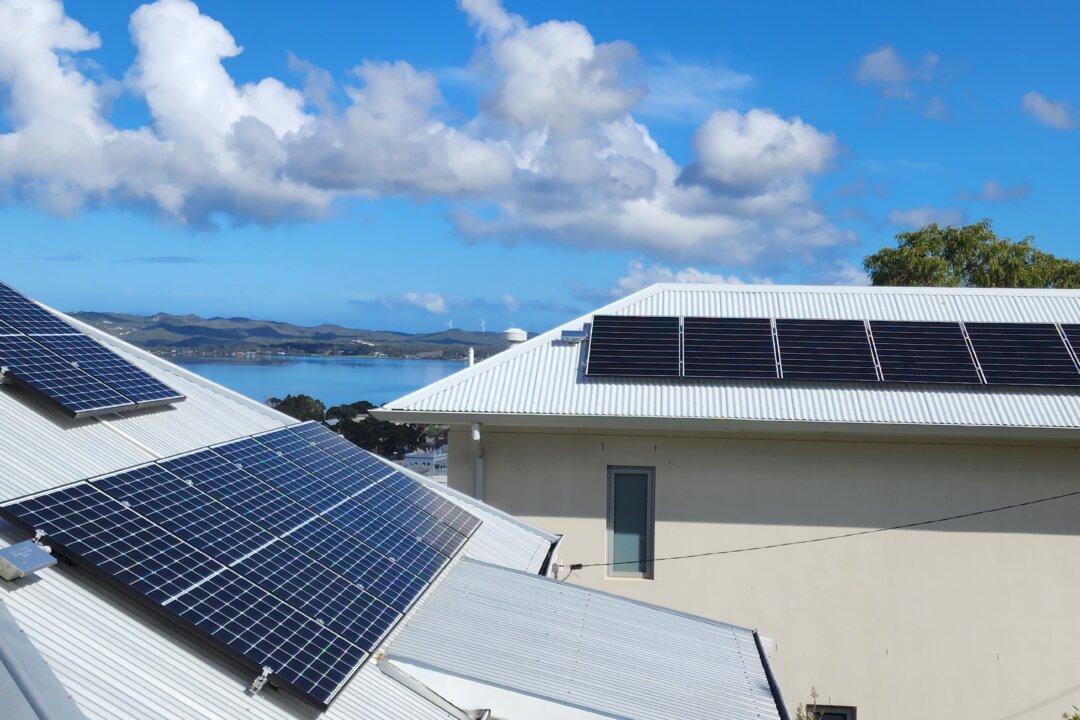Global consultant giant KPMG has warned that Australian supply chains and regulators are falling behind in the race against net zero emissions.
This comes as KPMG has released a new report measuring the progress of major economies around the world in reducing greenhouse gas emissions and their ability to achieve net zero by 2050.





